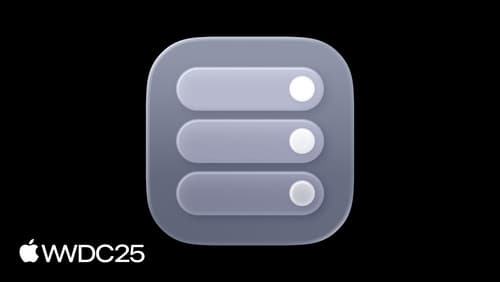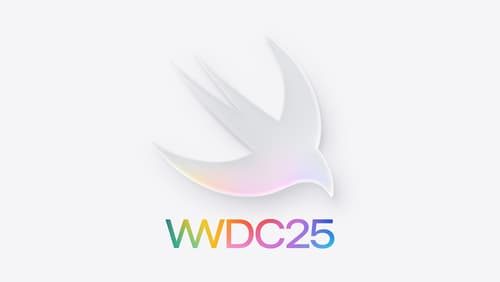What is containerization?
Asked on 2025-07-06
1 search
Containerization, as introduced in the session "Meet Containerization" at WWDC 2025, is an open-source Swift framework designed for building containerized applications with a native feel. It provides APIs for image management, container execution, and a powerful INIT system built in Swift. The framework focuses on security, privacy, and performance, helping to shape its design and implementation of Linux containers.
Containers are a standard for building, testing, and deploying server-side applications. They allow workloads to be isolated from the host machine and from each other, providing a consistent environment across different deployment scenarios. Containers package an application and its dependencies into a single deployable unit, offering runtime isolation and the ability to replicate deployment environments locally.
The containerization framework by Apple provides a command-line tool for building, running, and managing containers, optimized for Apple Silicon, and offers secure isolation between container images. It is available as open source, and you can find more information and resources on the new Swift.org website and GitHub.
For a deeper dive into containerization, you can refer to the session Meet Containerization (03:50) which covers image management, virtualization, and container environment setup.

Meet Containerization
Meet Containerization, an open source project written in Swift to create and run Linux containers on your Mac. Learn how Containerization approaches Linux containers securely and privately. Discover how the open-sourced Container CLI tool utilizes the Containerization package to provide simple, yet powerful functionality to build, run, and deploy Linux Containers on Mac.

Platforms State of the Union
Discover the newest advancements on Apple platforms.

What’s new in Swift
Join us for an update on Swift. We’ll talk about workflow improvements that make you more productive, and new and modernized library APIs for fundamental programming tasks. We’ll show examples of Swift adoption throughout more layers of the software stack. Finally, we’ll explore new language features for both improving approachability of concurrency, and achieving peak performance when you need it.
